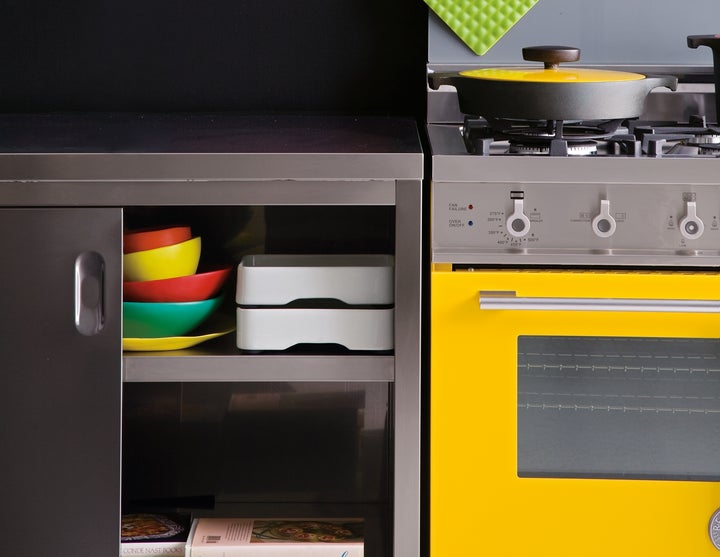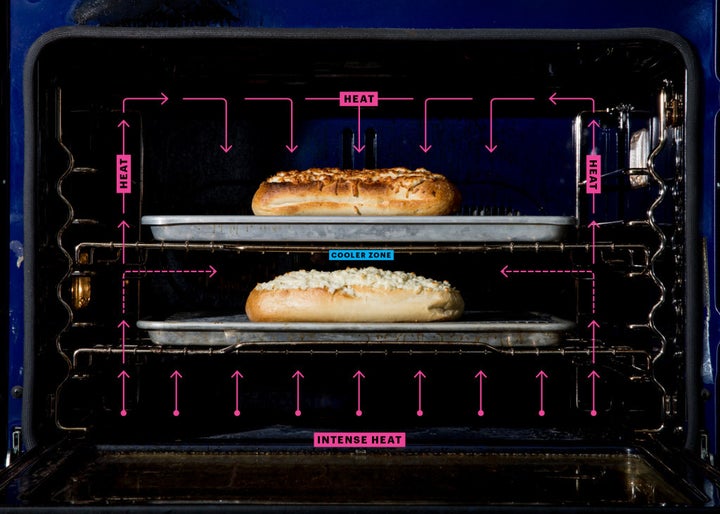For Bon Appetit, by Rick Martinez.

Like in any soap opera, what’s most likely to betray you is what you depend on, what you love—what lies in your own house. In this case, it’s not Trent, the murderous long-lost twin of your husband separated at birth, but something more sinister: your trusty oven. An oven is a machine, and it needs to be calibrated every so often to ensure it’s performing at full capacity. Fear not—follow our few simple suggestions, and you and your oven will be sailing off into the sunset in no time.
Step 1: Clean Like a Machine
Keeping things spatter-free makes your oven more efficient. In conventional ovens, heat is reflected by the shiny surfaces of the oven walls; when food cakes onto those walls and burns, it creates spots that heat can’t bounce off, which leads to uneven cooking. No one wants that.
The easiest way (though not the most eco-friendly) to get a spotless oven is by using the self-cleaning cycle. Three hours later you’ll have a sparkling oven—and a warm house. Alternatively, heat oven to 125°, liberally spray all surfaces with Member’s Mark Commercial Oven, Grill & Fryer Cleaner (also available at most big-box stores), close the oven door, and wait 30 minutes. Wipe clean.
Step 2: Take the Temperature
Making sure that your oven is really 350° when it’s set at 350° is an essential step to good baking. You can check the accuracy of the temp with a digital oven-probe thermometer such as ThermoWorks ChefAlarm($59) or a standard dial oven thermometer like the Cooper-Atkins HACCP Dial Oven Thermometer ($5).
Place your thermometer in the center of the oven on the middle rack and turn the dial to 350°. If the temp hasn’t reached 350° after 30 minutes, raise or lower the setting to try to get it there. (For example, if the thermometer registers 320°, adjust the oven to 380°.) Wait 20 minutes and check again. This will give you an idea of how many degrees hot or cold your oven runs, so you can adjust accordingly every time you use it.

Step 3: Find the Hot Spots
Every oven has areas in which food will cook and brown faster. You need to find them. Obviously, the most even temperatures exist in the oven’s center. In the far reaches—the top and lower racks, and especially the rear corners—things get unpredictable.
Buy two loaves of white sandwich bread. Preheat oven to 350°. Arrange 12 slices on the lowest rack and check bread after 3–5 minutes. Darker toast = hot spots; slices with little or no color = cooler spots. Repeat on upper rack. Then arrange fresh slices directly under broiler and turn on. Check every minute until most slices are toasted. You’ll learn where (and how quickly) your broiler can brown dinner. (Bonus: breadcrumbs!)
More from Bon Appetit:
